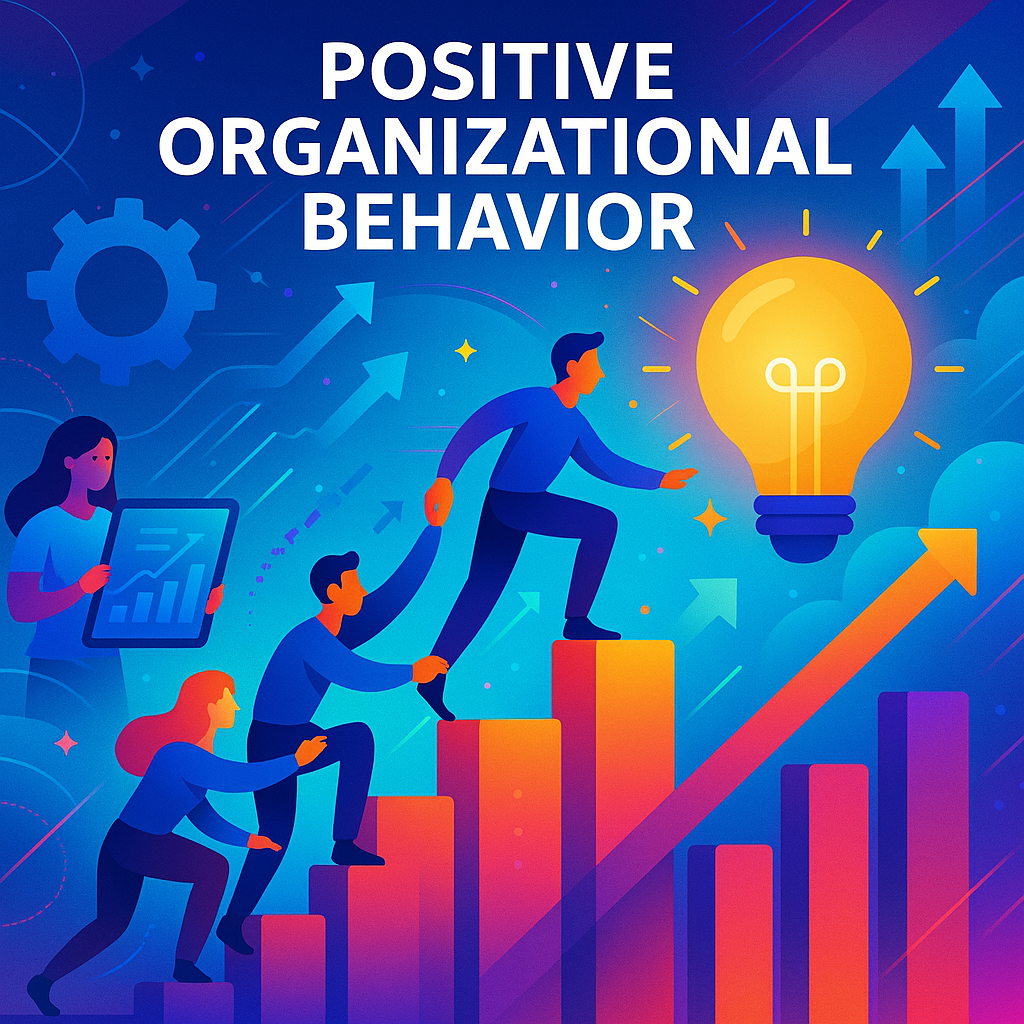Importance of Building a Culture of Cybersecurity

In today's digital age, building a culture of cybersecurity is of utmost importance for organizations. Cyber threats are constantly evolving, and the consequences of a data breach or cyberattack can be devastating. By instilling a strong cybersecurity culture, organizations can minimize the risk of breaches and protect sensitive information. Employees play a crucial role in this culture by understanding the importance of cybersecurity and adopting best practices. A strong cybersecurity culture also enhances customer trust and confidence. It is essential for organizations to prioritize cybersecurity awareness and education to create a secure work environment.
Understanding the Need for Cybersecurity Awareness

Understanding the need for cybersecurity awareness is crucial for organizations in today's digital landscape. Cyber threats are constantly evolving, and organizations need to stay one step ahead to protect their sensitive information. Encouraging cybersecurity awareness helps employees recognize and respond to potential threats. This includes understanding the importance of strong passwords, avoiding phishing scams, and keeping software up to date. Cybersecurity awareness empowers employees to play an active role in protecting organizational data and ensures that security is a top priority throughout the organization.
Role of Employee Adoption in Strengthening Cybersecurity Culture

In building a culture of cybersecurity, the role of employee adoption cannot be underestimated. Employees are the first line of defense against cyber threats and play a significant role in strengthening the organization's cybersecurity culture. By embracing and actively participating in cybersecurity practices, employees contribute to a more secure work environment. They become vigilant and proactive in identifying potential threats, reporting suspicious activities, and following security protocols. Employee adoption creates a collective responsibility towards cybersecurity, ensuring that everyone understands the importance of protecting sensitive information and is committed to safeguarding the organization's data.
Educating Employees on Cybersecurity Best Practices
Educating employees on cybersecurity best practices is crucial for building a solid cybersecurity culture within an organization. Training and workshops are important for teaching employees the knowledge and skills to recognize and address cyber threats. These programs should cover topics such as password hygiene, safe browsing habits, email security, and social engineering awareness. Simulated phishing attacks and response drills help employees learn how cybercriminals operate and how to respond to such attacks effectively. By providing comprehensive cybersecurity education, organizations can empower their employees to become active participants in safeguarding sensitive information.
Training Programs and Workshops

Training programs and workshops are essential in educating employees on cybersecurity best practices. These sessions provide employees with the necessary knowledge and skills to identify and respond to potential cyber threats. These programs cover password hygiene, safe browsing habits, email security, and social engineering awareness. Through hands-on exercises and real-life examples, employees can learn how to recognize and mitigate potential risks. By providing comprehensive cybersecurity education, organizations empower their employees to become active participants in safeguarding sensitive information. Regularly scheduled training sessions help to reinforce these practices and keep employees updated on emerging cyber threats.
Simulated Phishing Attacks and Response Drills
Simulated phishing attacks and response drills are practical tools in training employees to recognize and respond to phishing attempts. Organizations can send simulated phishing emails to employees, testing their ability to identify and avoid falling for scams. This allows employees to experience firsthand the tactics used by cybercriminals and learn how to protect themselves and the organization. Response drills further reinforce these skills by providing employees with practical exercises on responding to cybersecurity incidents. By creating a safe learning environment, organizations can enhance employee awareness and preparedness in dealing with real-world cyber threats.
Implementing Security Policies and Procedures
Implementing security policies and procedures is crucial for creating a culture of cybersecurity within an organization. Clear guidelines and protocols should be established to outline the expected security practices and behaviors. These policies should cover various aspects of cybersecurity, including password management, data handling, device usage, and remote access. Enforcing accountability and compliance measures ensures that employees understand their roles and responsibilities in maintaining cybersecurity. Regular training sessions and reminders can help reinforce these policies and keep employees updated with the latest security practices. By implementing strong security policies and procedures, organizations can minimize the risk of data breaches and ensure a secure work environment for all employees.
Creating Clear Guidelines and Protocols

Creating clear guidelines and protocols is essential in establishing a strong cybersecurity culture within the organization. These guidelines should outline the expected security practices and behaviors that employees should follow. Providing specific instructions on password management, data handling, device usage, and remote access is crucial. The guidelines should be easily accessible and understandable for all employees.
To ensure compliance, organizations should also establish protocols for reporting security incidents and breaches. This helps create a culture of transparency and accountability. Employees need regular updates and reminders about security guidelines to stay informed and understand the importance of following them. By providing clear guidelines and protocols, organizations set a foundation for a secure work environment.
Enforcing Accountability and Compliance Measures
To strengthen the cybersecurity culture within an organization, it is crucial to enforce accountability and compliance measures. This involves establishing clear consequences for employees who fail to adhere to the security guidelines and protocols. By implementing a system of checks and balances, organizations can ensure that employees take their cybersecurity responsibilities seriously. Regular audits and monitoring systems can help identify any non-compliant behavior and prompt corrective action. Additionally, organizations should consider implementing compliance training programs and assessments to ensure that employees stay up to date with the latest security requirements. By enforcing accountability and compliance measures, organizations create a culture of responsibility and enhance the overall cybersecurity posture.
Encouraging Employee Engagement in Cybersecurity Initiatives
Encouraging employee engagement is crucial in building a culture of cybersecurity. Organizations can promote engagement by establishing open communication channels for employees to report any security concerns or incidents. This encourages a sense of responsibility and ownership among employees to actively participate in cybersecurity initiatives. Additionally, recognizing and rewarding good security practices can incentivize employees to prioritize cybersecurity in their daily activities. By involving employees in decision-making processes and seeking their feedback, organizations can foster a collaborative approach towards cybersecurity, leading to a stronger security culture overall.
Promoting Open Communication and Reporting Channels

Promoting open communication and reporting channels is essential in building a culture of cybersecurity within organizations. By establishing a safe and non-punitive environment, employees are encouraged to report any security concerns or incidents they come across. This open communication allows for timely identification and resolution of potential threats. Organizations can also provide anonymous reporting options to ensure that employees feel comfortable reporting without fear of retaliation. By fostering a culture of transparency and trust, organizations can empower employees to actively engage in cybersecurity initiatives and contribute to the overall security of the organization.
Recognizing and Rewarding Good Security Practices
Recognizing and rewarding good security practices is an effective way to motivate employees and reinforce a culture of cybersecurity within an organization. It is vital to recognize the efforts of employees who show dedication to following security protocols and reporting potential threats.This can be done through various means, such as public recognition, incentives, or rewards. By publicly highlighting and praising employees for their efforts, organizations not only create a positive work environment but also encourage others to prioritize cybersecurity. Recognizing and rewarding good security practices serves as a powerful tool in promoting employee adoption and engagement in cybersecurity initiatives.
Monitoring and Evaluating Cybersecurity Culture
Monitoring and evaluating cybersecurity culture is essential for organizations to assess the effectiveness of their strategies and identify areas for improvement. Tracking important metrics and performance indicators can help understand how employees are adopting and engaging in cybersecurity efforts. Security metrics can include reported security incidents, frequency of attending security training sessions, and following security policies and procedures. Additionally, conducting regular assessments and feedback sessions with employees can help gather their perspectives on the organization's cybersecurity practices and identify any challenges or areas that need further attention. Through continuous monitoring and evaluation, organizations can ensure that their efforts to build a culture of cybersecurity are having a positive impact and adjust their approaches as needed.
Tracking Key Metrics and Performance Indicators

Tracking key metrics and performance indicators is an essential aspect of monitoring and evaluating cybersecurity culture within an organization. These metrics provide valuable insights into the effectiveness of cybersecurity initiatives and the level of employee engagement. Examples of important metrics that can be monitored include the number of security incidents reported, the frequency of employee attendance at security training sessions, and the level of compliance with security policies and procedures. By regularly tracking and analyzing these metrics, organizations can identify areas for improvement and measure the impact of their efforts in building a strong cybersecurity culture. This data-driven approach helps organizations make informed decisions and adjustments to their cybersecurity strategies.
Conducting Regular Assessments and Feedback Sessions

Conducting regular assessments and feedback sessions is crucial for evaluating the effectiveness of cybersecurity culture within an organization. These sessions allow for the collection of valuable feedback from employees regarding their awareness, understanding, and adherence to cybersecurity practices. By implementing surveys, interviews, or focus groups, organizations can gather factual data on employee perceptions, areas of improvement, and potential vulnerabilities. These assessments provide insights into the success of current cybersecurity initiatives and allow organizations to make informed decisions for enhancing their security measures. Feedback sessions are a chance to address any concerns or questions from employees, promoting open communication and improvement.
Conclusion
Recap of Strategies for Employee Adoption in Cybersecurity Culture
To create a cybersecurity culture, educate employees on best practices, have clear security policies, encourage employee engagement, and monitor the cybersecurity culture. By providing training programs and simulated drills, organizations can enhance employees' awareness and response to cyber threats. Establishing guidelines and accountability measures ensures that employees adhere to security protocols. Encouraging open communication and recognizing good security practices foster an environment of active participation. Monitoring key metrics and conducting regular assessments help organizations gauge the effectiveness of their cybersecurity culture.
Future Trends and Considerations for Building a Secure Work Environment
With the ever-evolving landscape of cyber threats, organizations need to stay ahead by considering future trends in building a secure work environment. Adopting emerging technologies like artificial intelligence and machine learning is crucial for enhancing cybersecurity by improving threat detection and response capabilities. Additionally, organizations should prioritize the integration of cybersecurity into all aspects of their operations, including remote work setups, cloud computing, and Internet of Things (IoT) devices. By anticipating and addressing potential vulnerabilities, organizations can build a robust cybersecurity culture that safeguards sensitive data and mitigates risks effectively.




